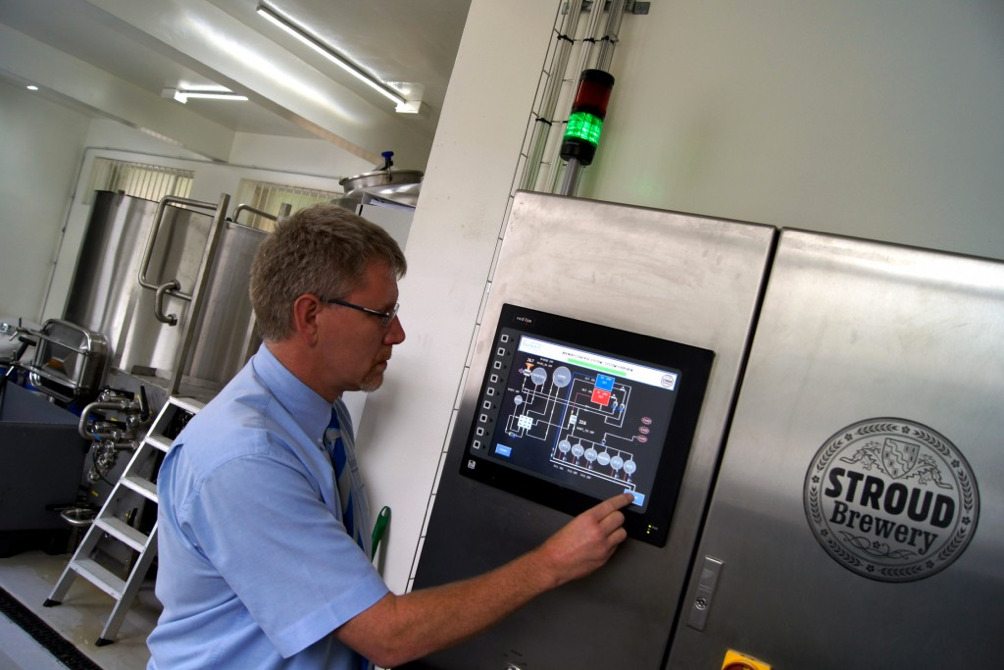
How Does A Differential Pressure Level Transmitter Work?
Many applications in industry require the use of pressure in their operations, generated by liquid or gas within a system. This pressure is quantified as atmospheric pressure (similar to the pressure we refer to with weather systems) or absolute pressure (such as the pressure in an inflated tyre).
We are able to monitor and record the pressure in a system using a pressure gauge, though in some applications it is necessary to monitor the difference between two measured pressures within the system. This is known as differential pressure, and it is monitored using a differential pressure level transmitter.
In this article, we’re going to answer the question of how does a differential pressure level transmitter work and discuss the benefits they bring to an industrial application.
What is a differential pressure level transmitter?
Differential pressure level transmitters are designed to measure the pressure in a vessel created by the ‘head’ of the fluid. Unlike pressure gauges that monitor absolute or atmospheric pressure, differential pressure level transmitters do not give a reading based on a defined unit. Instead, they show us only the difference in pressure between two ports in a closed system, comparing the two.
How does a differential pressure level transmitter work?
Ultimately, their job is to ensure that differential pressure is measured accurately, regardless of any other variables at play in the application. Here’s how they do it:
- They consist of two ports labelled the high side and the low side.
- Pressure sensors are housed in the low-side port.
- The low side is used as a reference point.
- The pressure on the high side is compared to the low side
- An output signal is produced with reference to a calibrated pressure range for the user to record.
- The subsequent reading from the differential pressure level transmitter will show as positive or negative, depending on which port has the higher pressure value.
(NB- The high side port will not necessarily always have a higher pressure than the low side port)
What are they used for?
Differential pressure level transmitters are an important component in many different types of applications. They are used to measure or monitor the level of solids, liquids or gases in a tank or container by measuring the pressure difference between two points within or around the container.
Get in touch
We hope this article has been helpful in answering the question – How does a differential pressure level transmitter work? If you need to find out more about our products and services, get in touch today.
BM Engineering Supplies stock a huge range of products from market-leading manufacturers such as Bürkert, Kinetrol, Max Air Technology and many, many more.
You can email us at sales@bmengineering.co.uk or give us a call on 0141 762 0657. Our knowledgeable and friendly team are on hand to answer any questions you have and make sure you get the right tools for the job!



